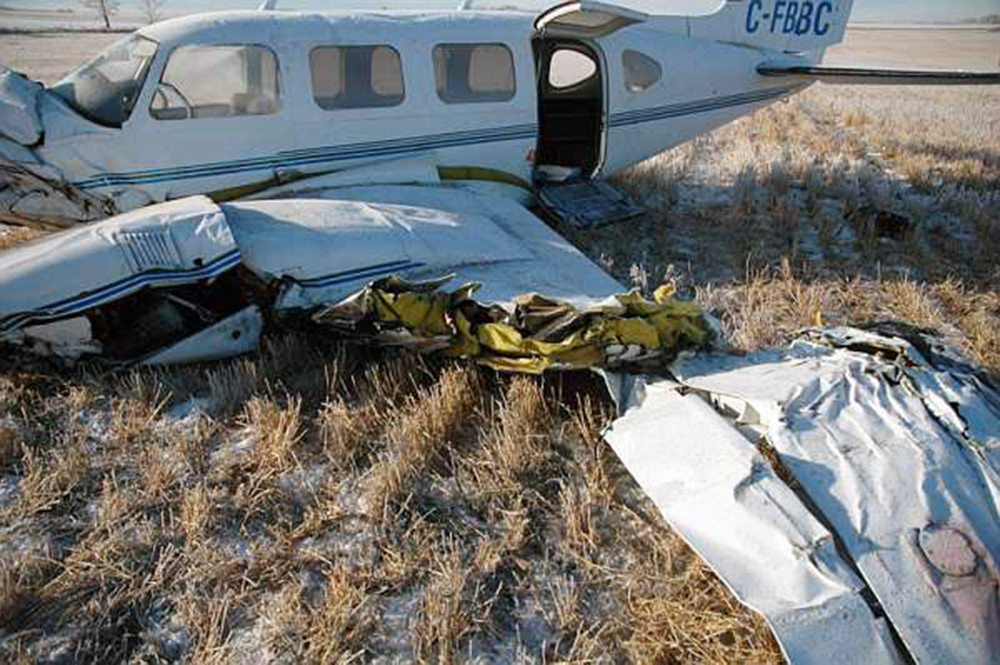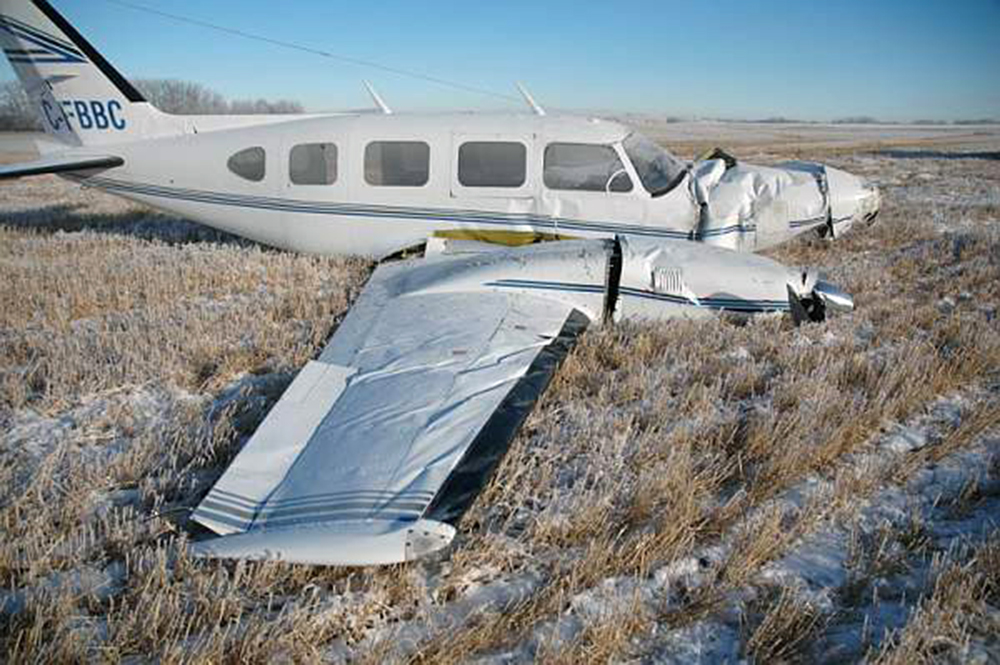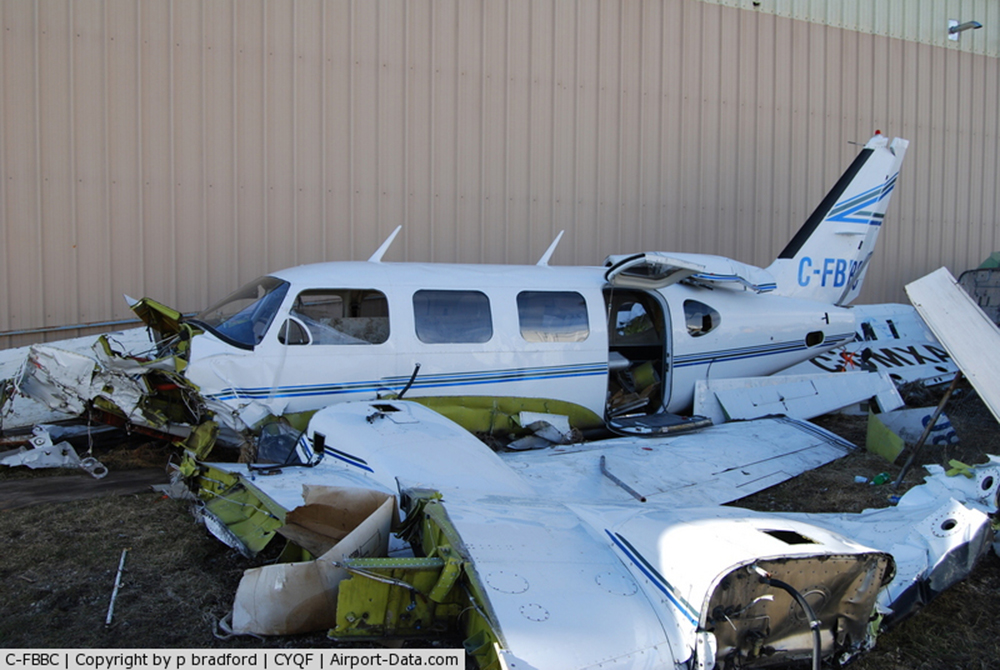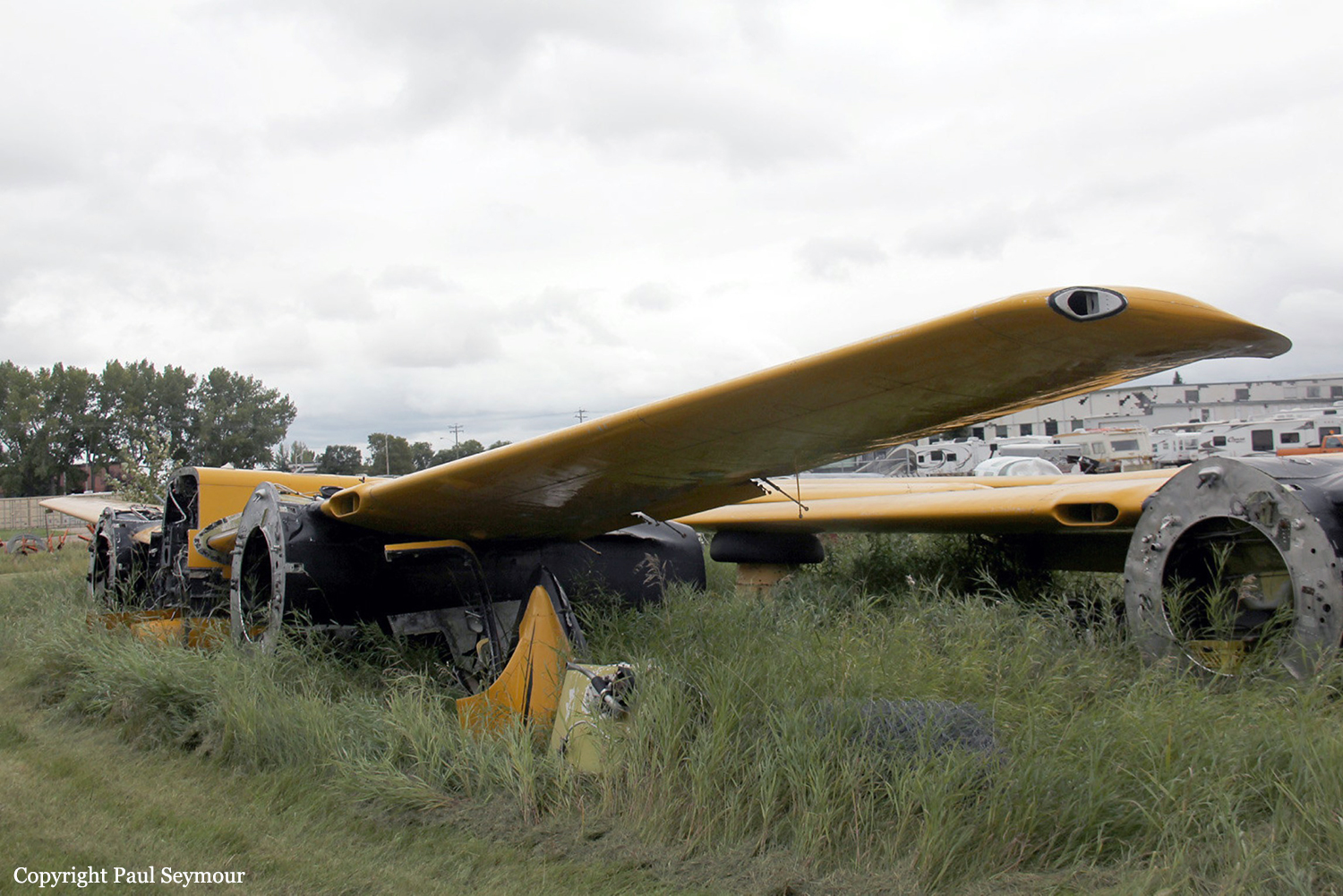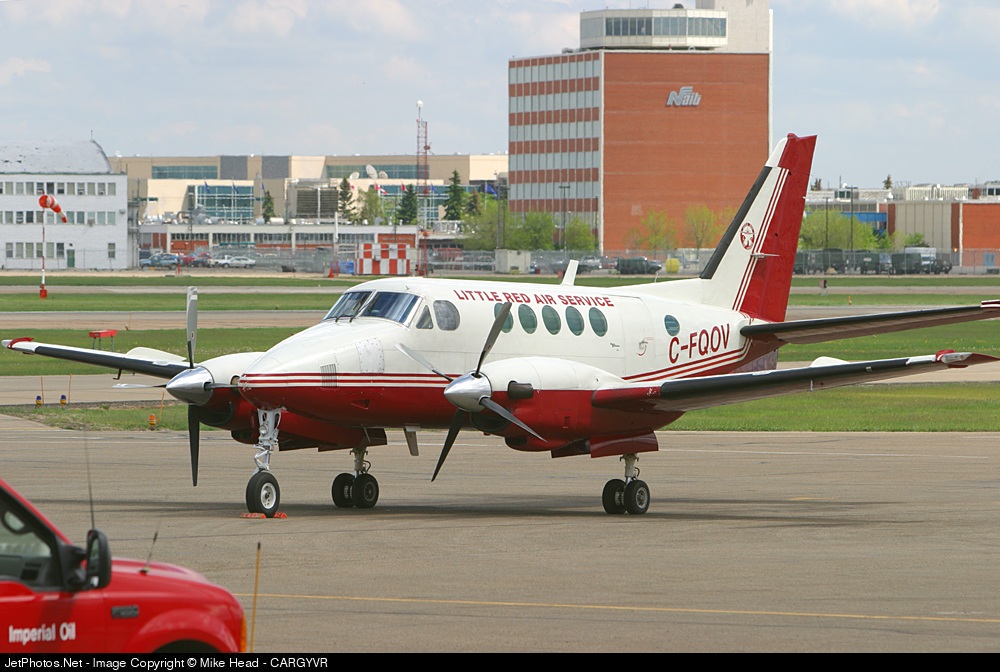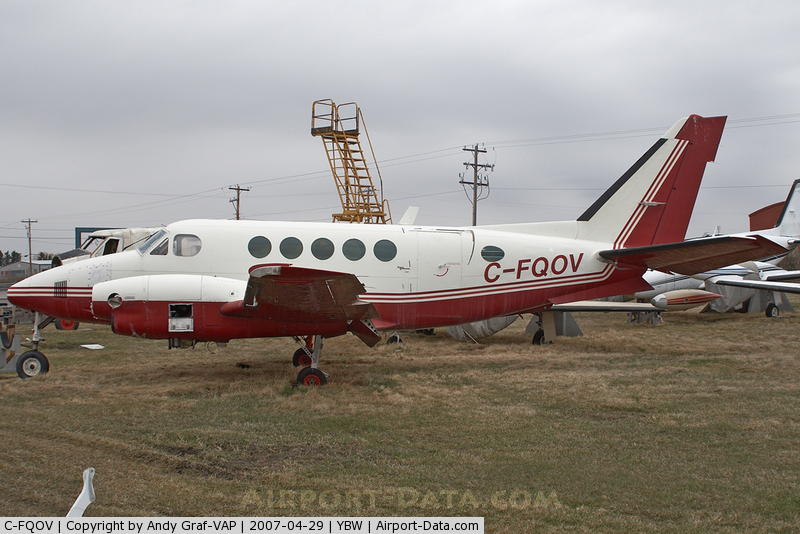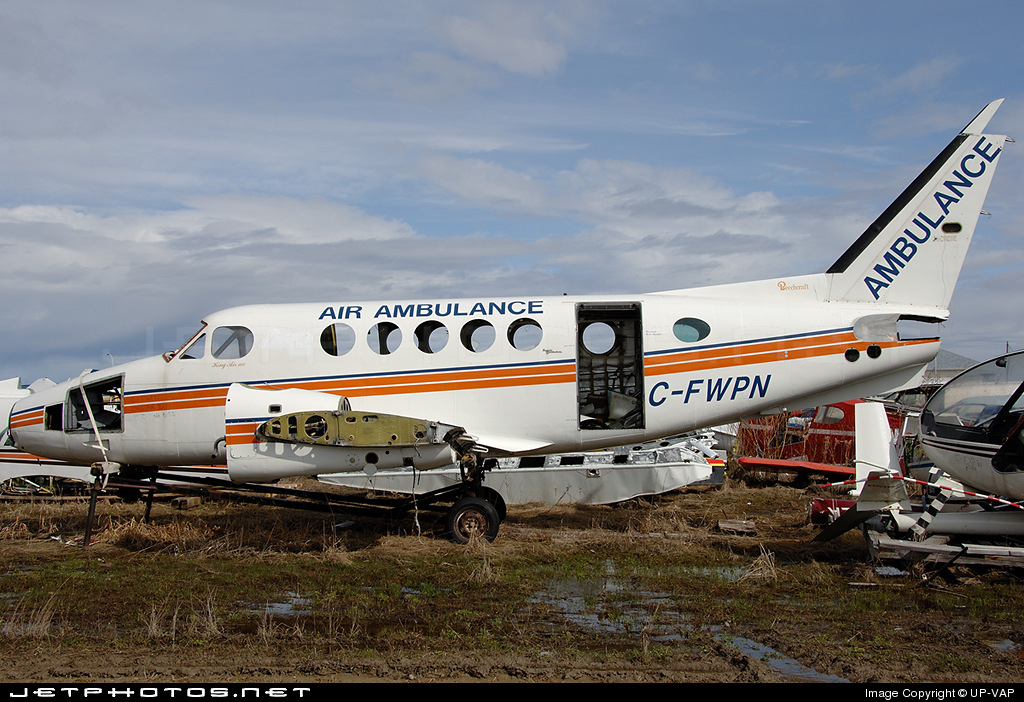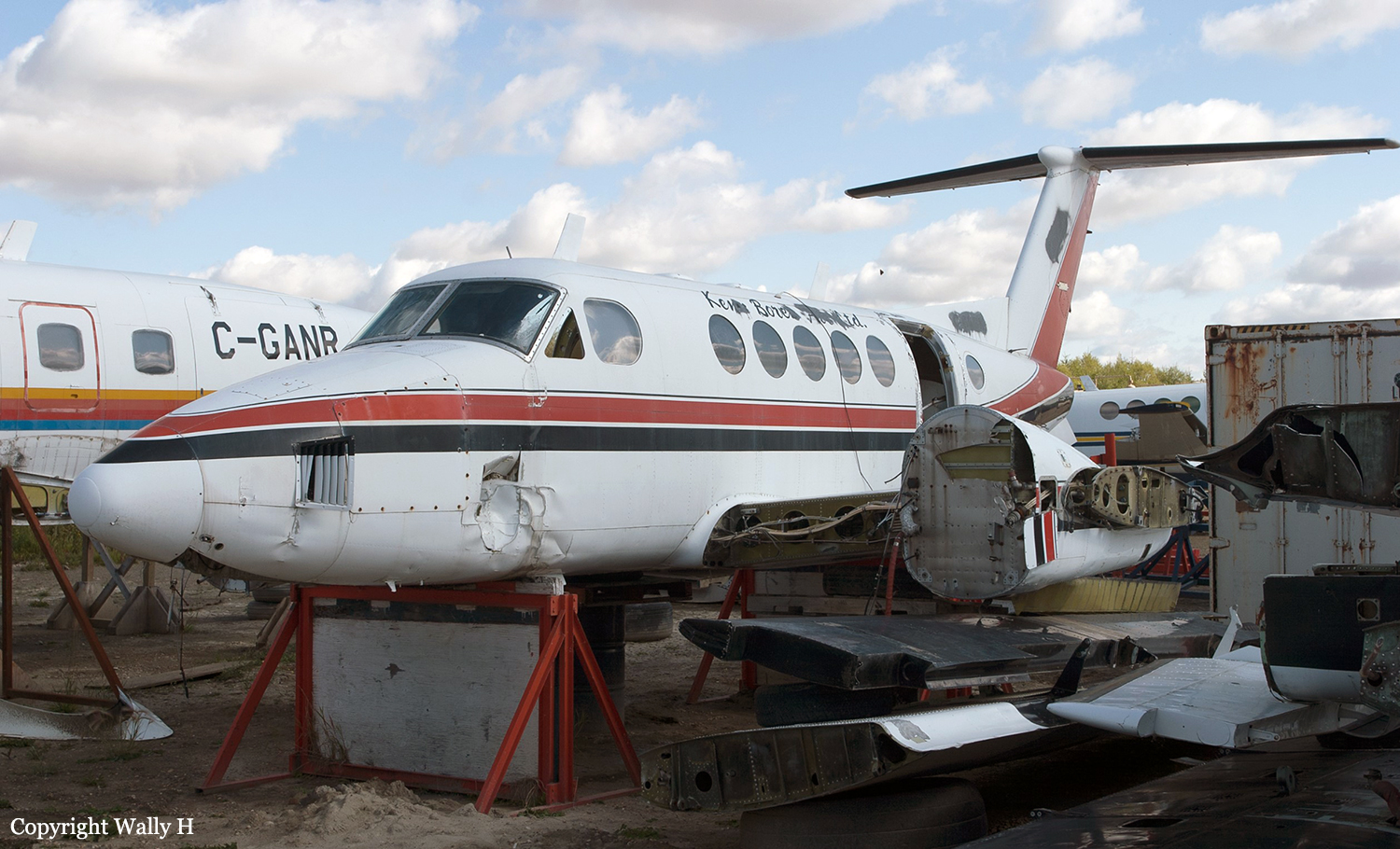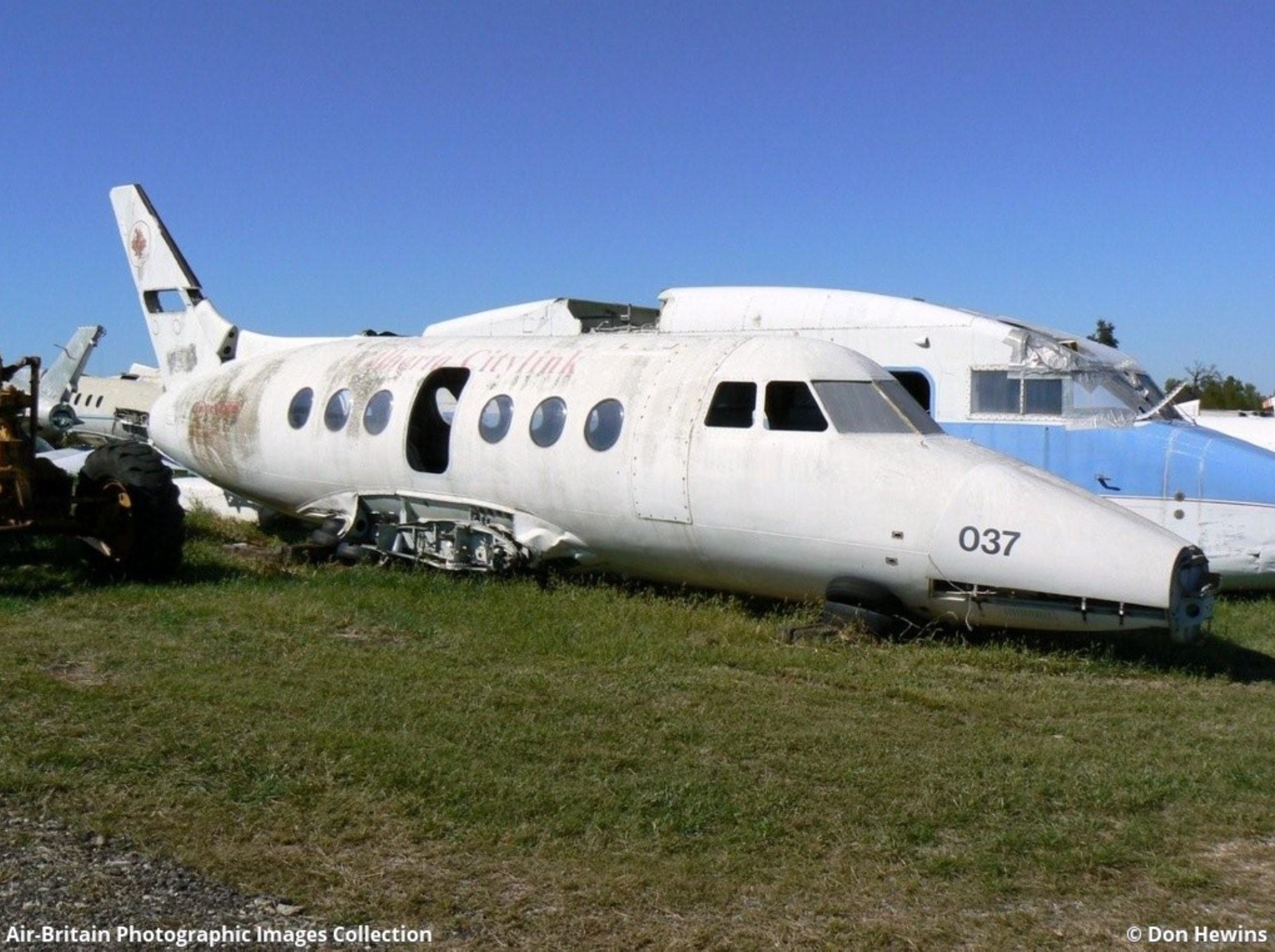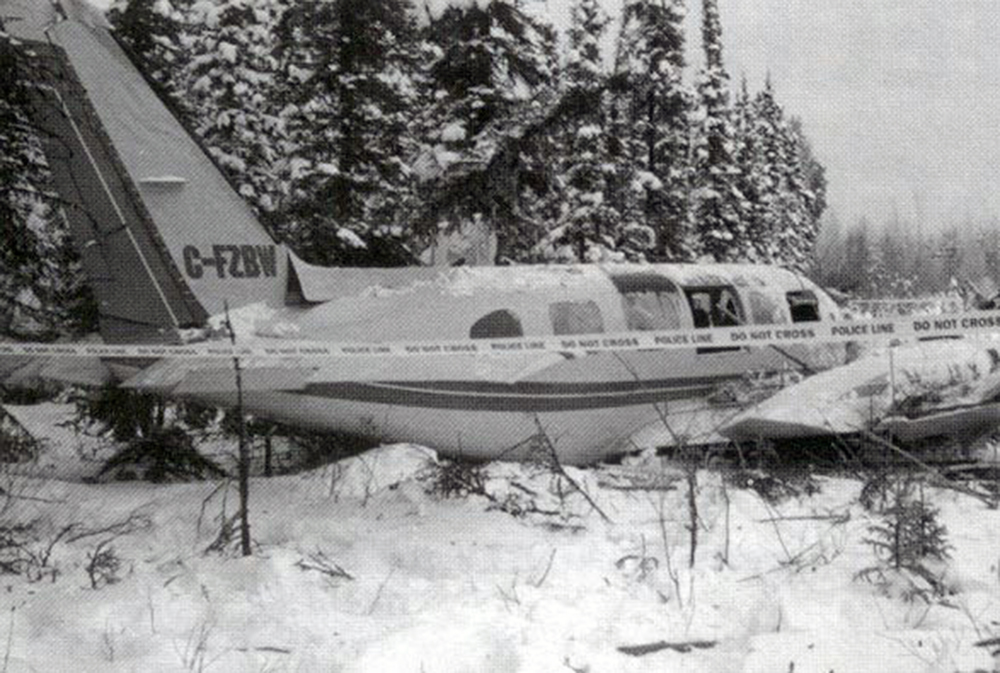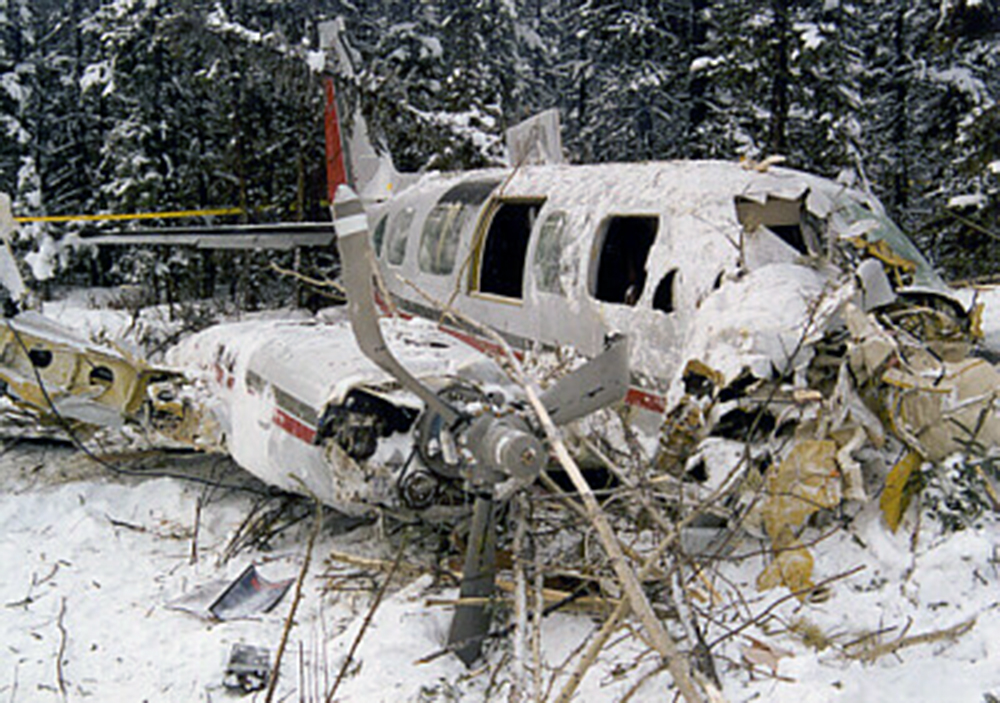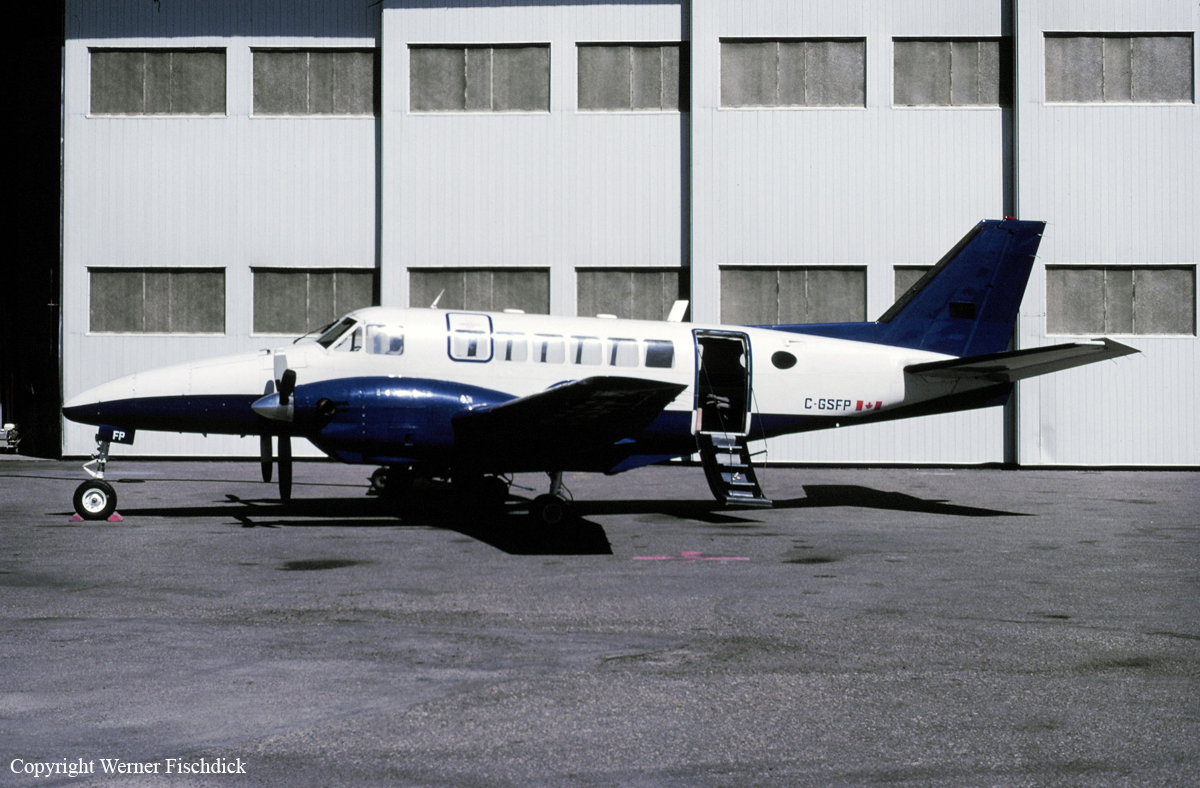Crash of a Piper PA-31-310 Navajo in Wetaskiwin
Date & Time:
Jan 11, 2006 at 2045 LT
Registration:
C-FBBC
Survivors:
Yes
Schedule:
Fort Vermilion – Wetaskiwin
MSN:
31-48
YOM:
1968
Crew on board:
2
Crew fatalities:
Pax on board:
0
Pax fatalities:
Other fatalities:
Total fatalities:
0
Circumstances:
The aircraft was landing on runway 30 at Wetaskiwin Airport following an IFR mail flight from Fort Vermilion. During the landing, the crew lost sight of the runway in a thin layer of dense fog that covered the airport. They aborted the landing, and the aircraft settled into a field about ½ mile northwest of the airport. Both pilots sustained serious injuries and the aircraft was damaged beyond repair. The flight crew used a cell phone to call for help. The emergency locator transmitter (ELT) activated during impact.
